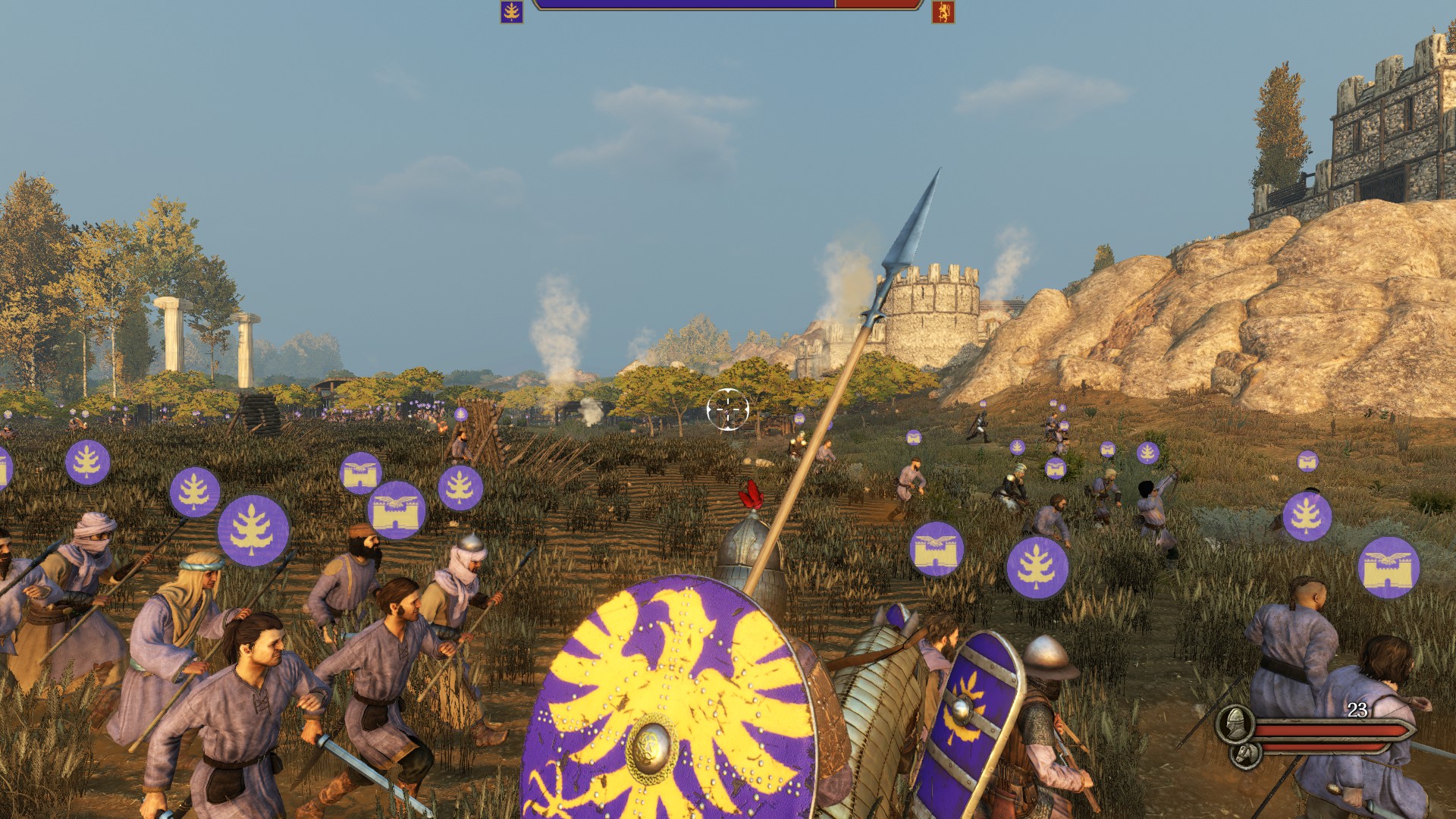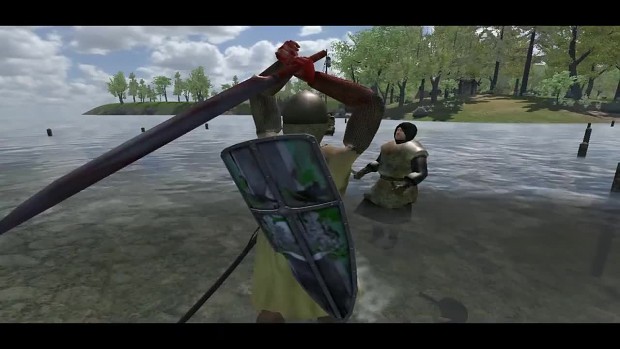
This preparation involved improving both the political and military strength of the KMT.

Since the conclusion of the Constitutional Protection Movement in 1922, the KMT had been bolstering its ranks to prepare for an expedition against the northern warlords in Beijing, with the goal of reunifying China. The Kuomintang (KMT), based in Guangzhou (Canton), aspired to be the party of national liberation. Much of the country, however, was not under its control, being ruled by a patchwork of warlords. In the 1920s, the Beiyang government based in Beijing was internationally recognised as the legitimate Chinese government. Generalissimo Chiang Kai-shek, commander-in-chief of the NRA, emerged from the Northern Expedition as the leader of the KMT and China. With the final piece of China under KMT control, the Northern Expedition concluded successfully and China was reunified, heralding the start of the Nanjing decade. His son, Zhang Xueliang, took over as the leader of the Fengtian clique, and in December 1928, announced that Manchuria would accept the authority of the nationalist government in Nanjing. As they approached Beijing, Zhang Zuolin, leader of the Manchuria-based Fengtian clique, was forced to flee, and was assassinated shortly thereafter by the Japanese. With the assistance of allied warlords including Yan Xishan and Feng Yuxiang, nationalist forces secured a series of decisive victories against the Beiyang Army. By April 1928, the nationalist forces had advanced to the Yellow River. The second phase of the Expedition began in January 1928, when Chiang resumed command. In an effort to mend this schism, Chiang Kai-shek stepped down as the commander of the NRA in August 1927, and went into exile in Japan.

The split was partially motivated by Chiang's purging of communists within the KMT, which marked the end of the First United Front. The first phase ended in a 1927 political split between two factions of the KMT: the right-leaning Nanjing faction, led by Chiang, and the left-leaning faction in Wuhan, led by Wang Jingwei. The expedition was led by Generalissimo Chiang Kai-shek, and was divided into two phases. The purpose of the campaign was to reunify China, which had become fragmented in the aftermath of the Revolution of 1911. The Northern Expedition was a military campaign launched by the National Revolutionary Army (NRA) of the Kuomintang (KMT), also known as the "Chinese Nationalist Party", against the Beiyang government and other regional warlords in 1926.


Victory for the National Revolutionary Army


 0 kommentar(er)
0 kommentar(er)
